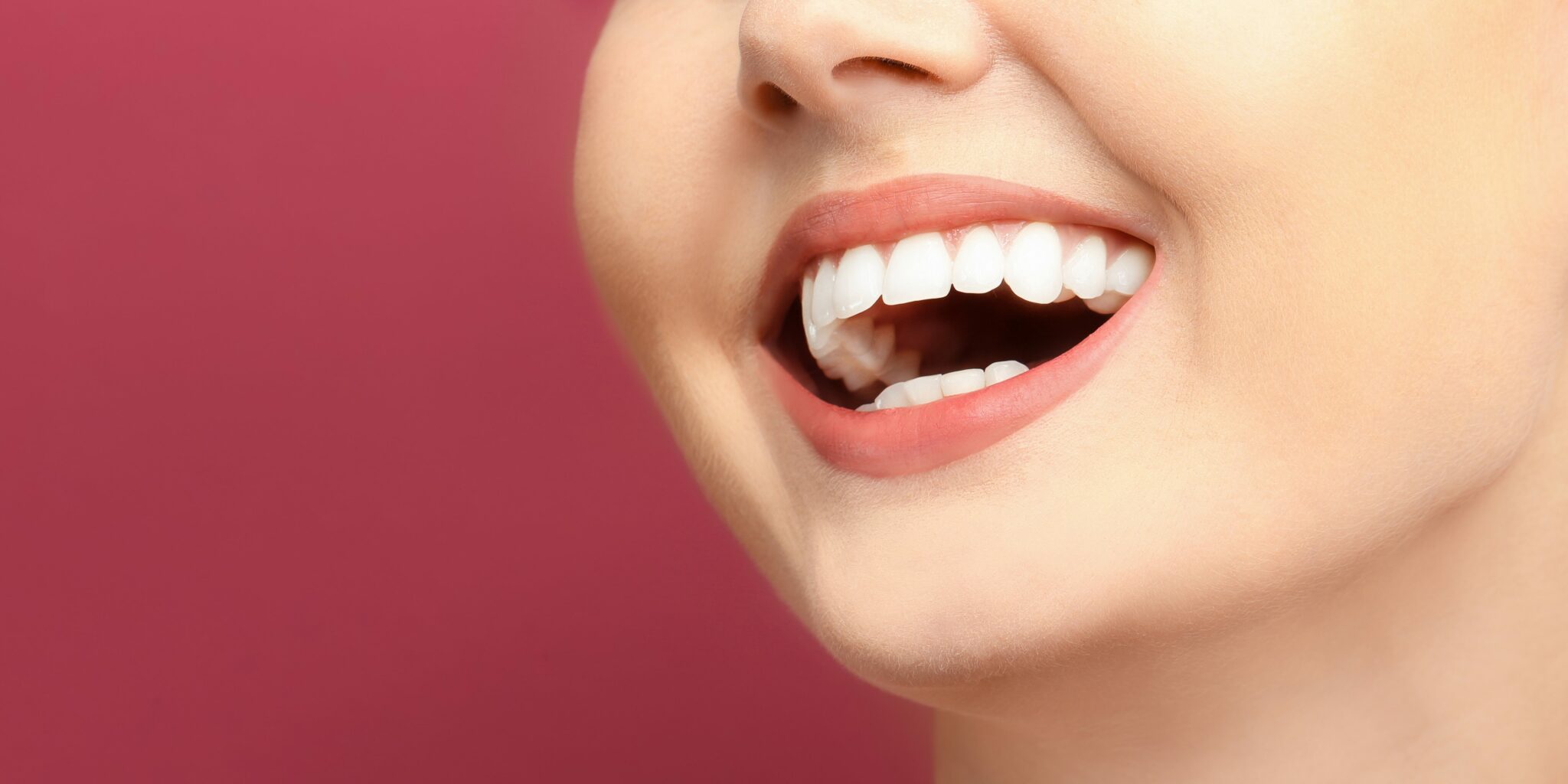5 TOP TIPS FOR A BRIGHT NEW SMILE FROM HUGO MADEIRA’S TEAM
Did you know that poor oral hygiene can have consequences far beyond just dental health? It has been proven that there are links between dental problems and various diseases, including cardiovascular disease, respiratory disease, and diabetes. In this article, Hugo Madeira’s team explains how to take good care of our teeth.
How to keep a good dental health ?
Anyone who doesn’t want to have a bright smile at all times should raise their hand. Yes, we all do! But we also know that achieving it isn’t always easy. There are those who have more fragile teeth, those who have to take medication that damages their teeth, those who have accidents, or habits that are harmful to their teeth. Those in the latter group have it easy because it all depends on their willingness to have a bright smile.
The tips we have to share with you are easy to follow, and many of them may already be part of your routine. But with the rush of life these days—and for the more distracted—there’s nothing more useful than a reminder of how to guarantee a beautiful smile.
- Toothbrush
Let’s start with the basics! Brushing your teeth three times a day and after meals is the starting point for removing food debris from your teeth, preventing plaque buildup, and, of course, having a bright smile. This prevents gingivitis, tooth decay, bad breath, and other oral diseases and issues.
Although all brushing is important, the most crucial one is at night. When we’re awake, saliva circulates more regularly in our mouths, and we drink water. These simple actions help eliminate some plaque. But while we sleep, the opposite happens: saliva isn’t renewed as often, and we don’t drink water. This creates the perfect environment for bacteria and plaque to proliferate. So brushing your teeth before bed helps prevent this ‘discreet work’ by bacteria in the oral cavity.
But sometimes, doing the right thing can be harmful if it’s not done at the right time or in the right way. Brushing your teeth less than 30 minutes after eating acidic foods, brushing your teeth too hard, or not brushing some teeth well enough won’t help you achieve a bright smile.
- Dental floss
The toothbrush is the main oral hygiene tool, but it doesn’t do a complete job on its own. Dental floss—or tape, depending on the characteristics of your teeth—is perfect for reaching the places that the toothbrush can’t reach.
It also allows you to remove food debris that gets stuck between your teeth, preventing plaque from building up in these areas and the subsequent development of oral diseases such as tooth decay.
And don’t forget: floss should be used first so that after loosening the most hidden food debris, the toothpaste spread by the toothbrush can penetrate between the teeth. Ideally, floss after every meal, especially after the last one of the day.
- Toothpaste with fluoride
Fluoride is a crucial component for oral health and a healthy smile, as it helps to remineralize tooth enamel, strengthening teeth and removing plaque.
The ideal fluoride concentration in a toothpaste should be between 1000 ppm and 1500 ppm for it to be truly effective.
This type of toothpaste should be used by people with no oral health problems who simply need to continue preventing the appearance of cavities.
- Water
Frequent water consumption is important for the whole body, but it all starts in the mouth. By drinking water, you automatically eliminate food debris and bacteria in the oral cavity, which is where oral hygiene begins.
Water also contributes to the production of saliva, which is essential for preventing tooth decay and bad breath.
And as if that weren’t enough, water has great advantages, such as being inexpensive and calorie-free!
- Fruit and vegetables
It’s no secret that eating fruits and vegetables is good for your health. But have you ever stopped to think about the impact that eating these foods has on oral health in particular? These foods are rich in water and fiber, which helps to balance their sugar content. In addition, the fiber they contain helps clean teeth, and they are foods that help stimulate salivation.
There’s also a bonus to keeping your gums healthy: many fruits and vegetables contain vitamins C and A.
Remember that fruits and vegetables should make up 50 percent of your nutritional intake. To achieve this, consume 3 portions of fruit and 2 portions of vegetables every day.
But beware of acidic fruits, which can lead to tooth erosion when consumed in excess. And if you’re wondering about other sources of vitamin C besides citrus fruits, here are some suggestions: mango, kiwi, strawberries, red and green peppers, cabbage, and broccoli.
But don’t think that by following this routine, you don’t need professional care. Having your teeth cleaned every 6 months is another important step in keeping your smile sparkling. During these appointments, and using techniques and tools that you don’t have at home, the hygienist manages to eliminate the biofilm present in the oral cavity, which you can’t get rid of at home, even with the best daily routine.
If we’ve just reminded you that you need a new dental cleaning, take the opportunity to book an oral assessment appointment now, so that you can always maintain a brilliant smile!
Oral Health



